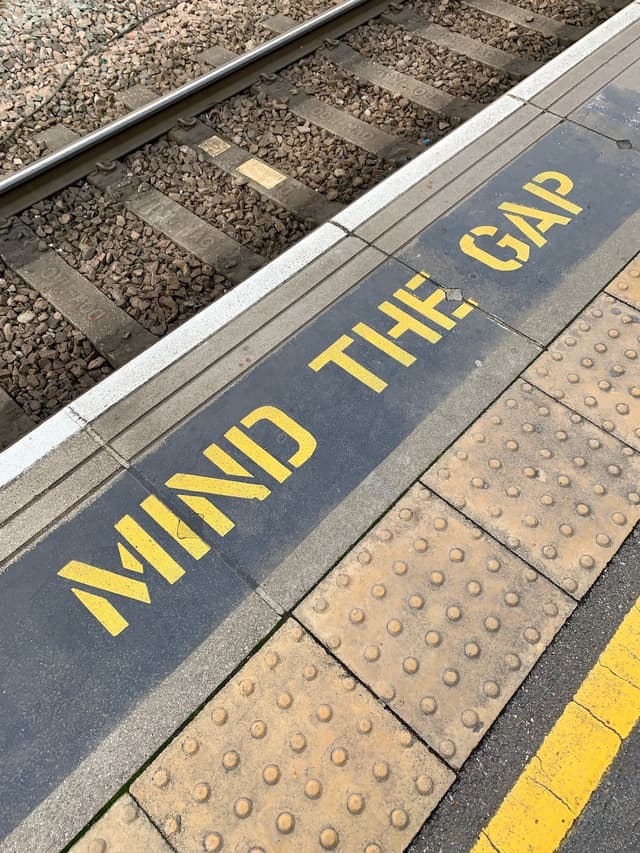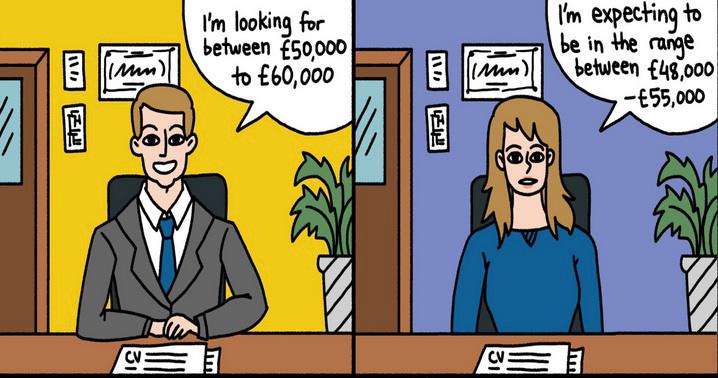What the gender pay gap is – and what it isn’t
- Written by
- Beverley Callaghan
- Added
- August 17, 2017

I’m sure I was not alone in experiencing a certain amount of Schadenfreude as the BBC became embroiled in a row over the pay levels of its top female and male presenters. Payback time, I thought, for inflicting The One Show (a daily live magazine programme) on a defenceless nation and killing off Nigel Pargetter (a popular character from the long-time radio soap opera The Archers). Shame on you, BBC!
Whilst the BBC pay equality furore is perhaps one of the highest profile news stories regarding gender and pay to surface recently, the levels of pay involved are quite exceptional. But back in the world of fundraising (inhabited by people on fairly normal salaries) the feelings are just as high. SOFII’s campaign ‘It’s Just Not Fair!’ launched in February this year has produced a series of articles about the gender pay gap, highlighting the lack of women in senior positions and calling on us all to take action to close the gender pay gap for good.
But first, let’s clear up any confusion about what the gender pay gap is and isn’t. In her article ‘It’s time to de-normalise the pay gap, and take action to close it’ (25 May 2017) Niamh Ferris asks us to: ‘Think of your colleagues – the ones you like. One of them has a similar job, is as equally qualified as you, is of the opposite sex and there’s about 14-16 per cent difference in your pay. How does that make you feel?’ Jolly annoyed actually, because in the UK it is unlawful – though not unheard of – to pay men and women differently for the same work, or for work of equal value. If you are in this position you can take your case to an employment tribunal and I wish you a resounding success.

However, it is entirely possible for a gender pay gap to exist in an organisation without any breach of the Equality Act. Why? Because the gender pay gap is not a comparison of the earnings of men and women doing the same work. It measures the difference between the average hourly earnings of men and women across an organisation regardless of their roles [1]. It therefore gives an indication of how men and women are distributed across the organisation, highlighting differences in their representation at different levels of seniority.
Much of the debate about the gender pay gap has focused on women’s under-representation in senior roles. Less attention has been paid to the other side of the same coin – the over-representation of women in the charity sector, particularly in lower paid positions. Surely this is a contributing factor to the gender pay gap? If we did nothing else but fill these jobs with men (and I’m not suggesting we do, by the way) the gap would be a lot narrower. The fact is a higher proportion of women than men work in jobs such as administration and caring [2], which attract lower pay and of which there are plenty in the voluntary sector.
It is well known, of course, that men dominate the world of finance and are highly paid, whereas the so-called ‘caring’ professions, such as health, education, social work, nonprofits, are predominantly made up of women and are notoriously underpaid. Is this simply because women are prepared to take a smaller salary?
I’m not the slightest bit concerned that women constitute around two thirds of the fundraising and voluntary sector workforce. I am surprised that male fundraisers are worrying about being under-represented (see Vanessa Chase Lockshin’s article ‘How getting diversity and inclusion right will change the world’ for an example of this here on SOFII). We seem to have become fixated with the notion that the make-up of everything – workforce, audience, membership, customers – should accurately reflect local demographics. Hence the view that 67 per cent of senior management positions should be occupied by women because they make up 67 per cent of the fundraising workforce. When this convenient statistic does not materialise we point the finger at our own organisations. If we can’t find evidence of sexism - you know, actual conscious acts or omissions – who or what do we blame? Unconscious bias, ‘institutional sexism’ and (those most reviled of creatures in any self-respecting voluntary organisation these days) white, middle-class men.
No one seems willing to contemplate another explanation, that perhaps men and women may vary in their ideas about what constitutes a successful career, what they enjoy about their jobs and how they want to balance their work and family life. These are wider societal issues rather than organisational failings.
Is the world of fundraising a sexism-free utopia? I don’t think so, but it’s probably a lot better than some professions and sectors. Can our organisations do more to narrow the gender pay gap? Undoubtedly. Encouraging applicants who are interested in job-sharing arrangements to apply for senior positions and carrying out equal pay audits will help. Can we close the gender pay gap completely? I‘m not so sure about that, but let’s be clear about all the factors at play here. If you feel safe in your fundraising team, you probably are.
Reference
---------------------
[1] For more information on the gender pay gap and how it is calculated (in the UK at least) see ACAS - Shining a light on gender pay http://www.acas.org.uk/index.aspx?articleid=5865 or EHRC - Gender pay gap reporting requirements https://www.equalityhumanrights.com/en/advice-and-guidance/gender-pay-gap-reporting-requirements
[2] ONS Annual Survey of Hours and Earnings:2016 provisional results https://www.ons.gov.uk/employmentandlabourmarket/peopleinwork/earningsandworkinghours/bulletins/annualsurveyofhoursandearnings/2016provisionalresults#gender-pay-differences

















